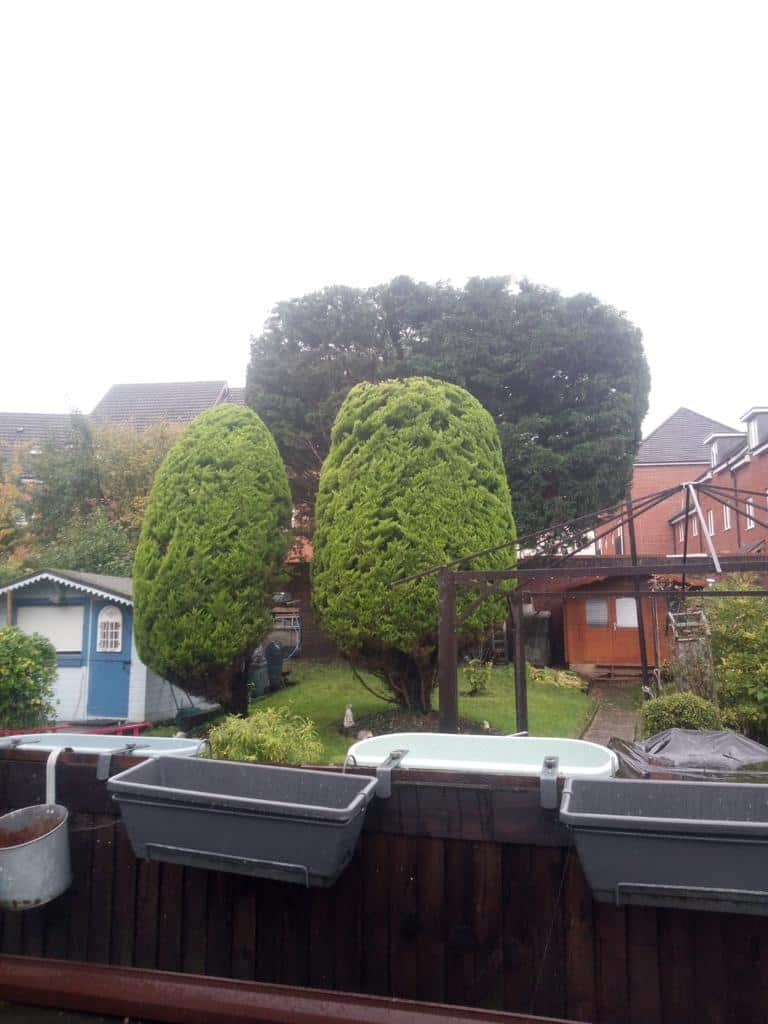Trees are an invaluable part of our environment, providing numerous benefits, including shade, habitat for wildlife, and aesthetic beauty. However, like all living organisms, trees can become weak or unhealthy over time. Regularly checking your trees for signs of weakness is crucial to ensuring their longevity and maintaining safety on your property. In this article, we will discuss the importance of tree health assessments and the signs to look out for.
Understanding Tree Weakness
Tree weakness can arise from various factors, including environmental stress, disease, insect infestations, or physical damage. Over time, these issues can compromise the structural integrity of a tree, making it susceptible to failure. A weakened tree poses significant risks, including falling branches or even complete tree failure, which can lead to property damage, injury, or even loss of life.
Why Regular Inspections Matter
- Early Detection of Problems: Regular inspections allow homeowners to identify early signs of tree weakness. Catching problems early, such as decay, disease, or pest infestations, can lead to more effective treatments and better outcomes for the tree’s health.
- Safety Considerations: Weak trees are more prone to falling, especially during severe weather events like storms or high winds. By proactively assessing the condition of your trees, you can mitigate the risk of accidents and damage to your property or neighbouring areas.
- Preserving Tree Value: Trees can add significant value to a property, both aesthetically and financially. Maintaining their health through regular inspections helps preserve that value. An unhealthy or damaged tree may decrease property appeal and value, while a well-maintained tree enhances the overall landscape.
- Informed Decision Making: Regular assessments provide valuable information that can help you make informed decisions about tree care. Whether it’s choosing to prune, treat for pests, or even remove a tree, understanding the condition of your trees is vital for effective management.
Signs of Weakness to Look For
When checking your trees, be vigilant for the following signs of weakness:
- Cavities and Decay: Visible holes or decay in the trunk or branches can indicate serious structural issues.
- Dead or Dying Branches: Branches that are brittle, lack leaves, or show signs of wilting may be dead or dying.
- Discolouration of Leaves: Unusual leaf colour, such as yellowing or browning, can indicate stress or disease.
- Bark Damage: Cracked, peeling, or missing bark may suggest underlying health problems.
- Root Issues: Visible root damage or exposed roots can lead to instability.
- Leaning or Unusual Growth: A tree that is leaning or growing in an unusual direction may be at risk of falling.
Conclusion
The health of your trees should never be taken for granted. Regular inspections for signs of weakness are essential in preserving not only the beauty of your landscape but also the safety of your property. If you notice any of the signs mentioned above, it’s crucial to consult with a professional tree surgeon who can assess the situation and recommend appropriate actions.
At NS Tree Surgery Weybridge, we specialise in comprehensive tree assessments and care services tailored to the unique needs of your trees. Our experienced team is dedicated to maintaining the health and safety of your trees while enhancing the beauty of your outdoor space. Contact us today to schedule a consultation and ensure your trees remain strong and vibrant for years to come.
Call us on: 01372 679 098
Click here to find out more about NS Tree Surgery Weybridge
Click here to complete our contact form and see how we can help with your tree’s needs.

